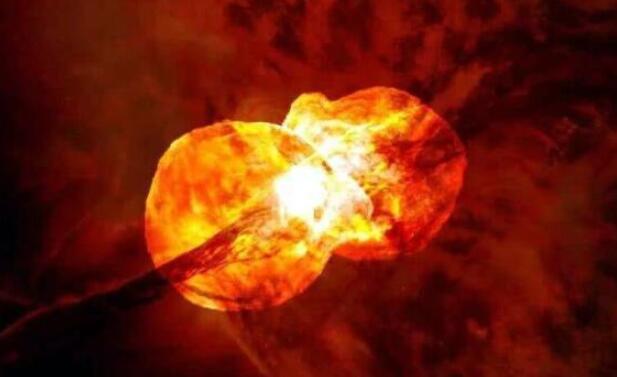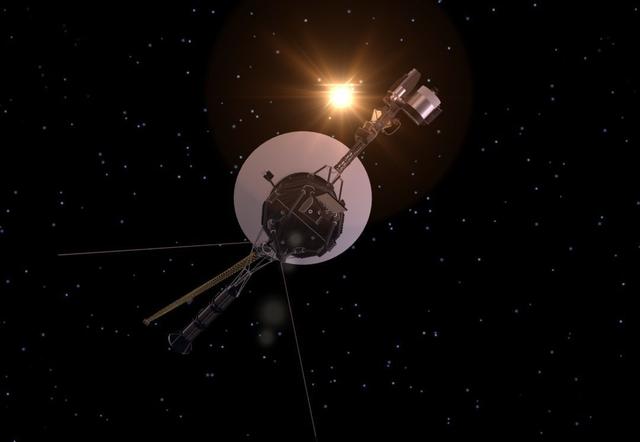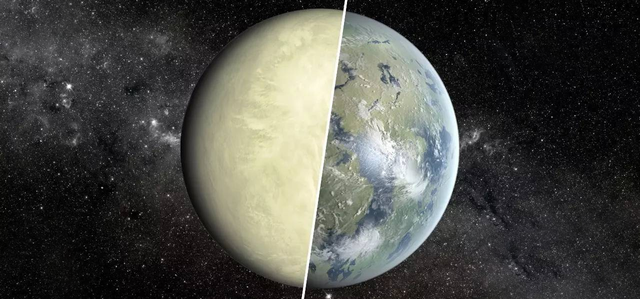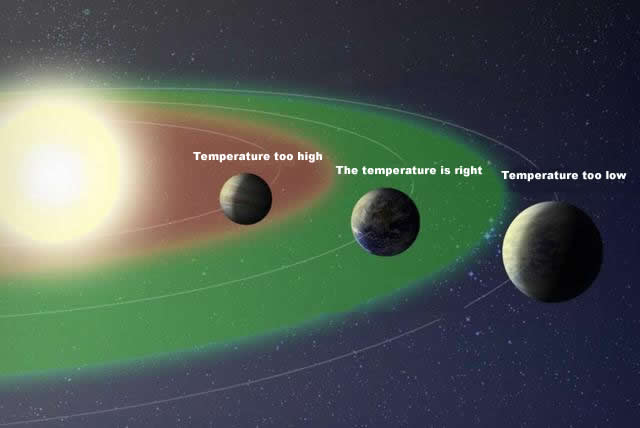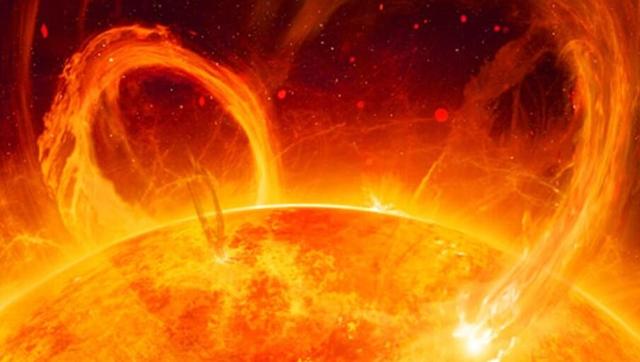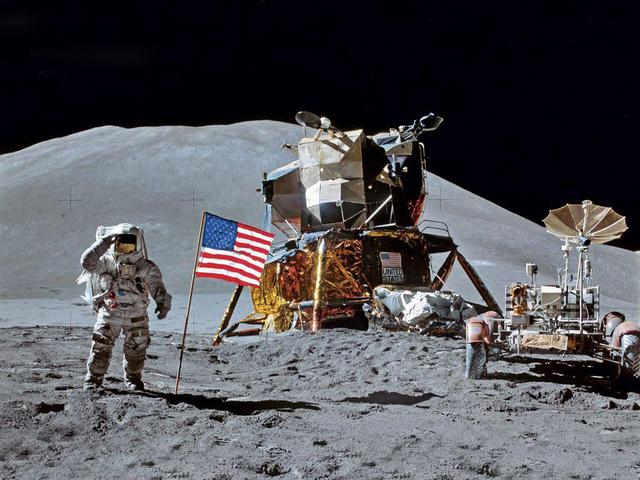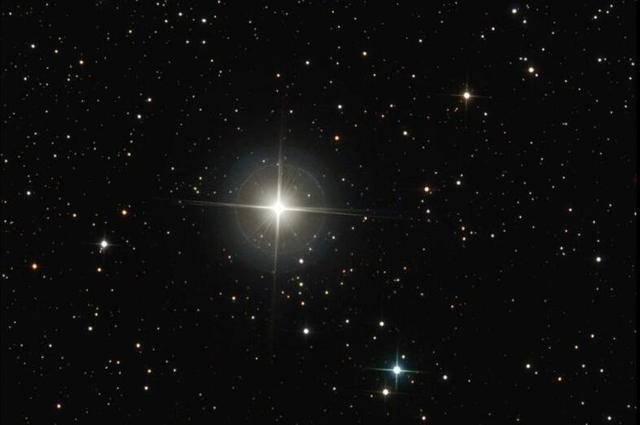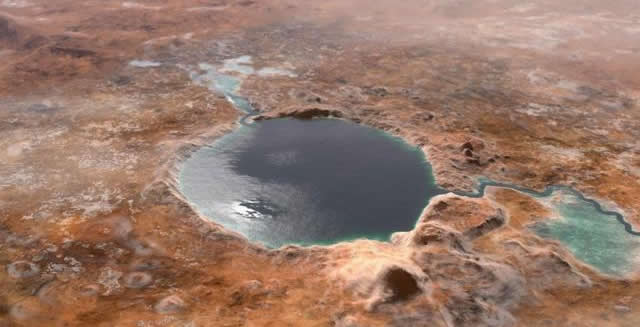Of the many galaxies in the observable universe, the milky way is not particularly large, and even in this galaxy group, the milky way ranks only 2nd, while 1st is the andromeda galaxy, some 2.54 million light years away, which has about 1 trillion stars, is about twice as massive as the milky way, and at least 1.6 times as large in diameter.

Back in 2012, scientists determined the motion of the andromeda galaxy relative to the milky way based on data from the hubble telescope, and determined that the andromeda galaxy would collide with the milky way in the future, about 3 to 4 billion years from now.
However, a nasa project called amiga (absorption maps of ionised gas in andromeda) suggests otherwise, and in an article published in astrophysics, nasa scientists state that they have found with the hubble telescope that the andromeda galaxy has already collided with the milky way. In other words, this view puts the collision of the two galaxies three billion years ahead of time!
What's going on here?
In the periphery of galaxies, a structure known as a 'halo' is prevalent, consisting mainly of ionised gas, but also some dust, micrometeorites and even a few stars, which normally form a largely spherical structure under the gravitational pull of the galaxy, enclosing the main body of the galaxy. The galaxy's main body is enclosed in it.

Compared to the main body of the galaxy, the 'halo' is much larger, and scientists estimate that it is more than 50 times the diameter of the flat body of the galaxy, as shown above. "As you can see, this massive structure envelops even the large magellanic cloud and the small magellanic cloud.
So how big is the andromeda galaxy's 'halo'? Because the galaxy's "Halo" Itself emits very low radiation, it is difficult to measure directly, so nasa scientists have used an indirect method of measurement.

Behind the andromeda galaxy, there are 43 quasars, the brightest objects known in the universe, whose light is "Selectively absorbed" By the matter in the andromeda galaxy "Halo" As it passes through it. When the light from these objects passes through andromeda's 'halo', it is 'selectively absorbed' by the material in it, resulting in specific changes, which can be analysed to give scientists an idea of the shape and size of the halo.
An in-depth analysis of the light emitted by these quasars using the hubble telescope has led to the conclusion that the andromeda galaxy's 'halo' has two nested gas shells, with the 'inner shell' extending outwards by about 500,000 light years, and the the "Outer shell" Extends up to 2 million light-years, which means that the andromeda "Halo" Is already in contact with the milky way "Halo".
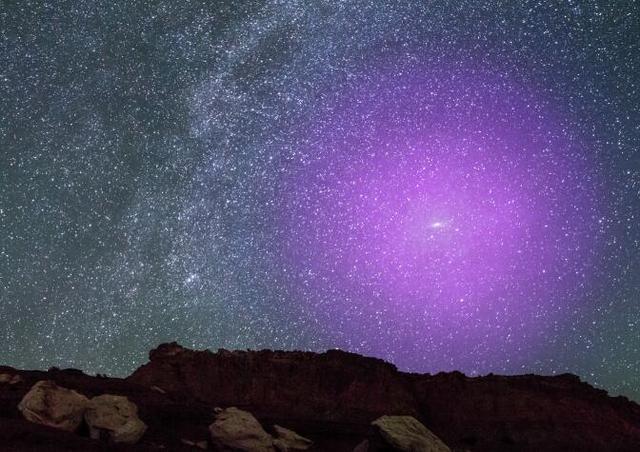
(the image above depicts the andromeda galaxy as seen from earth with the "Halo" Visible)
So a simple explanation for the view given by nasa scientists is that the outer structure of andromeda has already collided with the outer structure of the milky way, while the main part of the two will still be 3 to 4 billion years away from the collision.
How will the collision of the andromeda galaxy with the milky way affect the earth?
Computer models show that when the andromeda galaxy collides with the main body of the milky way, they do not collide directly with each other, but repeatedly pass through each other, eventually merging into a giant elliptical galaxy under the influence of gravity.

It is worth noting that when these two galaxies collide, the third largest galaxy in the group, triangulum, is captured by the newly formed galaxy and becomes a "Subordinate" Of this massive galaxy.
I'm sure some of you are already thinking of a collision between the sun and another star, and it is conceivable that if this were to happen, it would be a disaster for life on earth.

In reality, however, such a scenario is almost impossible, because the distances between stars in the universe are much greater than we might think.
In our galaxy, even the nearest star to the sun, proxima, is 4.22 light-years away, and if the sun is reduced to a glass ball 1 cm in diameter, then on the same scale, proxima is another glass ball about 287 km away and only about 0.14 cm.
The andromeda galaxy has about the same stellar density as the milky way, so the probability of a direct collision between stars at such a low density is negligible.
This is not to say that a collision between these two galaxies would not have an effect on the earth, because although it is almost impossible for the sun to collide with other stars, the gravitational effects between stars cannot be underestimated.
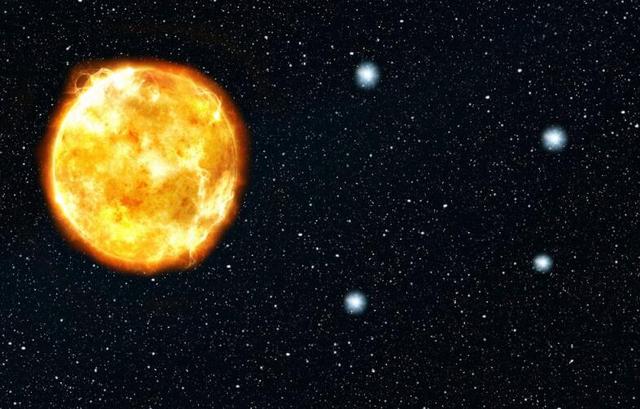
It is conceivable that when one or more stars pass close to the sun, their enormous gravitational force could cause many small bodies in the outer reaches of the solar system to deviate from their stable orbits, thus increasing the risk of the earth being struck by a small body, and if other stars were closer, the earth could deviate from its orbit and even fly out of the solar system.
Humans have at least 3 billion years to live, and if there are still humans on earth in 3 billion years, they will be so technologically advanced that they will be able to deal with the "Fairy hit galaxy" Problem with ease.

